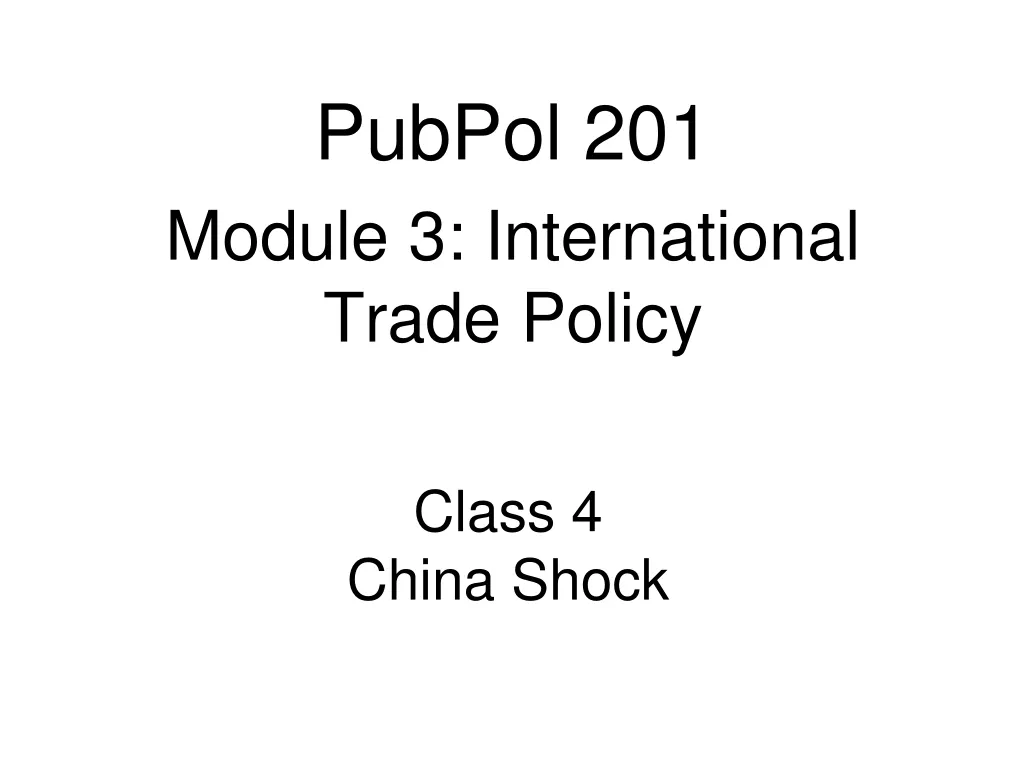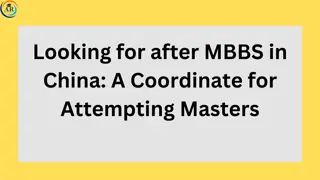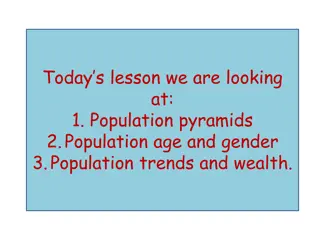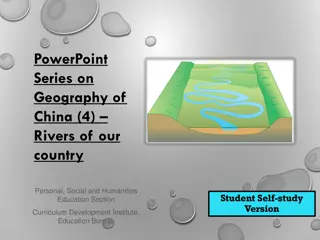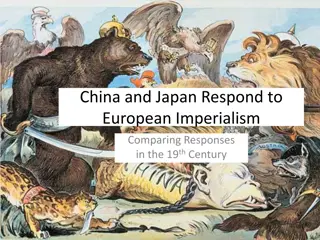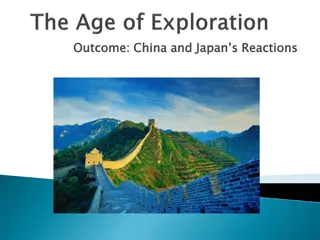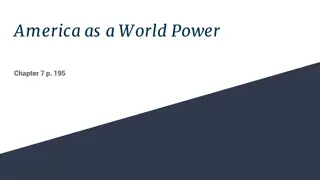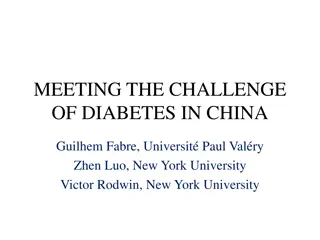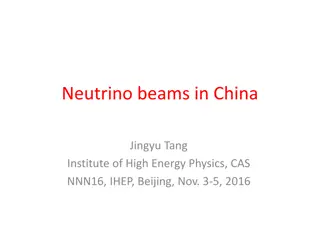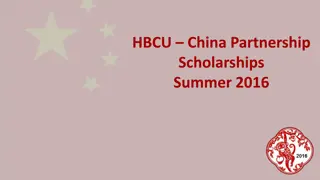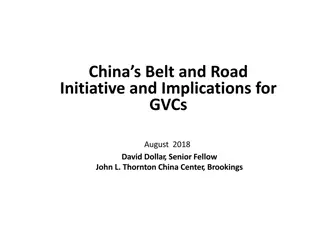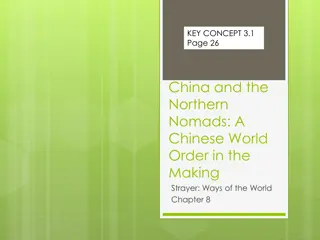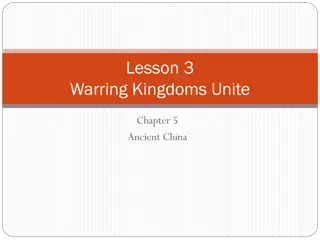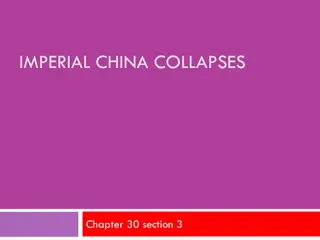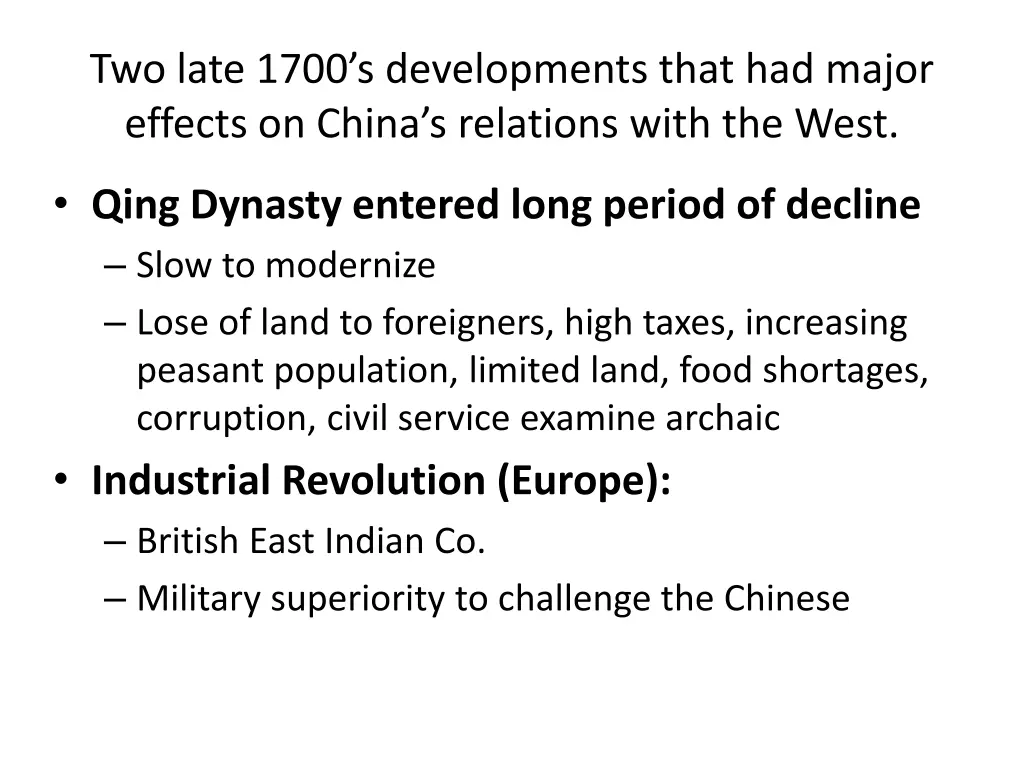
Significant Developments Impacting China's Relations with the West in the Late 1700s
Explore the key late 1700s developments affecting China's relationship with the West, the Qing Dynasty's decline, differences between gentry and peasants, and the organization of social classes. Learn about critical vocabulary, notable figures like Chiang Kai-shek and Mao Zedong, as well as historical events such as the Opium Wars and Boxer Rebellion.
Uploaded on | 0 Views
Download Presentation

Please find below an Image/Link to download the presentation.
The content on the website is provided AS IS for your information and personal use only. It may not be sold, licensed, or shared on other websites without obtaining consent from the author. If you encounter any issues during the download, it is possible that the publisher has removed the file from their server.
You are allowed to download the files provided on this website for personal or commercial use, subject to the condition that they are used lawfully. All files are the property of their respective owners.
The content on the website is provided AS IS for your information and personal use only. It may not be sold, licensed, or shared on other websites without obtaining consent from the author.
E N D
Presentation Transcript
Two late 1700s developments that had major effects on China s relations with the West. Qing Dynasty entered long period of decline Slow to modernize Lose of land to foreigners, high taxes, increasing peasant population, limited land, food shortages, corruption, civil service examine archaic Industrial Revolution (Europe): British East Indian Co. Military superiority to challenge the Chinese
Describe differences between Gentry & Peasants Gentry no physical labor government officials time and wealth to support the arts Peasants physical labor little to do with how nation was ruled poor and most of their day working
Organization of Social Classes 1. Gentry 2. Peasants 3. Artisans 4. Merchants 5. Soldiers
Key Vocab From Section 5 Kowtow Low bow to show respect Extraterritoriality principle of allowing westerners accused of a crime in China to be tried in special, western-run courts instead of Chinese courts Sphere of influence area of a country in which a foreign nation has special economic privileges and political influence; form of imperialism Long March Communist retreat led by Mao from southeastern China to Shaanxi as they fled from Chiang s armies in 1934 to regroup and plan for the future Nationalist attempt to get rid of Communists Three Principles of the People Sun Yatsens s goals for China that called for nationalism, democracy, and a decent living for all Chinese people Guomindang Chinese Nationalist Party
Section 5: People Chiang Kai-shek took over as leader of the Guomindang after Sun Yatsen s death in 1925 and, by 1928, brought China under Guomindang control Sun Yatsen the founder of the Guomindang and considered the father of modern China Mao Zedong the late 1920 s and 1930 s, he emerged as the leader of the Chinese Communist Party
Wars/Revolutions Taiping Revolution the most serious peasant uprising against the Qing Dynasty; lasted 14 years and resulted in more than 50 million deaths Boxer Rebellion a rebellion by anti-foreign Chinese who wanted to expel all foreigners resulted in foreign troops on Chinese soil Opium Wars Anti-foreign, opened China to the West Treaty of Nanjing: ends Opium War Revolution of 1911 refers to the ending of dynastic rule in China and its declaration as a republic

